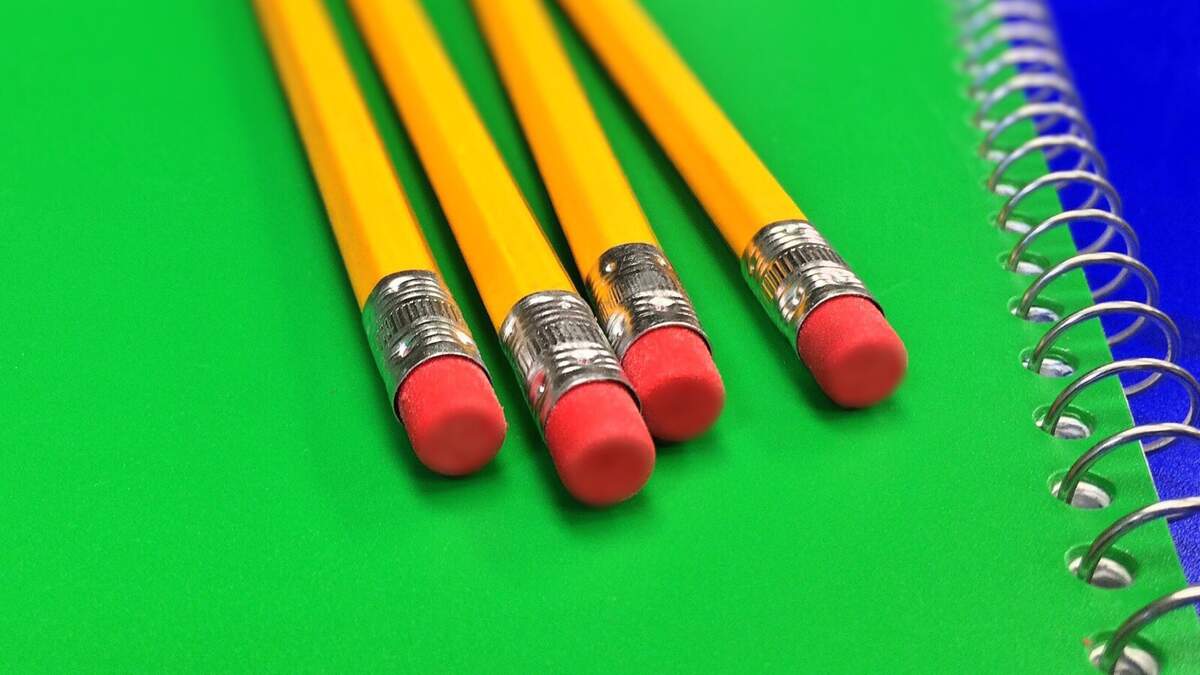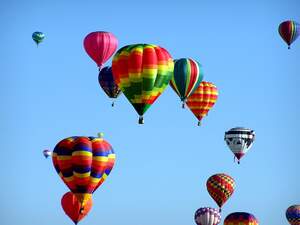

National #2 Pencil Day
The #2 pencil—or its equivalent—is one of the most common pencils in the world. Numbers are used to classify grades of pencils in the United States, while both numbers and letters—in what may be called the HB graphite grading scale—are used to classify pencils in the rest of the world. A #2 pencil is towards the middle when it comes to the hardness of lead (graphite) and the darkness of the shade. If a pencil has a number higher than 2—like 2 ½ or 3— it means it has a harder graphite core, a harder point, and a lighter shade. These pencils are often used by engineers or architects. If it has a number lower than 2 it means it has a softer graphite core, a softer point, and a darker shade—there is a lower proportion of clay in the graphite, and more of the graphite is left on the paper. These pencils are often used by artists because they help them make "a wider spectrum of tones."
Outside of the United States, an "H" is used to indicate a hard pencil, while a "B" is used to indicate a pencil with a blacker shade. Towards the middle of the scale is the HB pencil, which is similar to a #2 pencil. An "F" pencil is also near the middle, and this letter indicates that the pencil sharpens to a fine point. The HB graphite grading scale goes from HB to B, 2B, 3B, and so forth in one direction, and from HB to F, H, 2H, 3H, and so forth in the other direction.
It is believed that the first modern pencil was made in England in the sixteenth century, being made soon after the discovery of a large deposit of graphite there. Solid graphite from the deposit was cut into chunks to make the pencils. They became known as lead pencils—just as graphite pencils are known today—even though there was no lead in them. These early pencils were nothing more than a graphite chunk wrapped in string or sheepskin. In the mid-sixteenth century, graphite began being placed in hollow wooden sticks. The string, skin, or sticks stopped the graphite core from breaking or rubbing off on hands. Sticks were eventually replaced with the wooden casing we find on pencils today.
During the seventeenth century, pencils began being made out of powdered graphite, and soon afterward, clay started being added to alter the hardness of the graphite rod. Pencils were first mass-produced in Germany. It wasn't until after the American Revolution that pencils were made in the United States, and they weren't produced on a mass scale there until the late nineteenth century. Red cedar was the main wood used to make them. Today, incense cedar is the most common wood used to make pencils, with basswood and alder sometimes being used as well.
The thin wood casing is shaped cylindrically, hexagonally, or triangularly. The first pencils were painted yellow because the color was associated with royalty and honor; yellow is still the most common color for pencils. A graphite pencil can write about 45,000 words or a line about 35 miles long. There are many other types of pencils besides graphite. Charcoal, colored, and grease are just a few of the other types of pencils. More than 14 billion pencils are produced around the world annually. Today we celebrate these implements that have helped us draw, write, and color for centuries—particularly the ones that have a #2 stamped on them!
How to Observe National #2 Pencil Day
Celebrate by using a #2 pencil to do all your writing today! Write someone a letter, draw some sketches, or take a written test where it calls for filling in bubbles with a #2 pencil. You could also learn more about the HB graphite grading scale, and if you feel like taking your celebration a step further, you could visit the Derwent Pencil Museum.





















